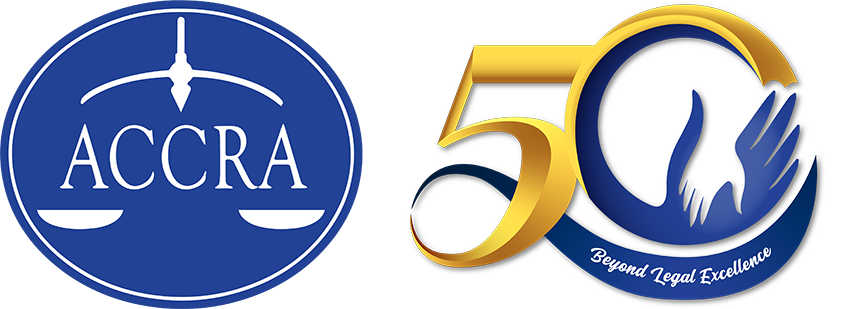Fair use is a privilege to use copyrighted material in a reasonable manner without the consent of the copyright owner or copying a theme or idea rather than their expression. Fair use is considered as breathing space for creators, so that they can build on and improve upon existing works. This privilege is supposed to benefit both the creator and society as a whole. The concept of fair use seems to be straightforward but, in application, finding the balance between the original creator’s rights and fair use by the subsequent user has proven to be difficult. The tides in the past year, however, have shifted towards an equitable interpretation of fair use.
An Equitable Four-Factor Test
In 2021, the Supreme Court of the United States (“SCOTUS”) issued a binding precedent for “fair use” for the first time in over twenty-five years. In Google LLC v. Oracle America Inc. (“Google Decision”), Oracle accused Google of stealing copyrighted pieces of its source code for use in Google’s Android smartphones. Google, on the other hand, argued that the Java source code is too functional to be protected by copyright law and that it is subject to copyright’s fair use doctrine. On 15 April 2021, SCOTUS resolved the 10-year dispute when it ruled that Google’s use of the Java source code was within the bounds of fair use. The Google Decision assumed that the Java software language was copyrightable, and it applied the four-factor test in determining Google’s fair use. The four-factor test considers the following:
- The purpose and character of the use
- The nature of the work
- The amount of substantiality of the portion used in relation to the work as a whole
- The effect of the use on the market or potential market for the original work 1
The Google Decision is seen to be a move that can spur innovation and creativity, by giving breathing space to creators who wish to build on existing works. In the Philippine context, it is worthy to note that the same four-factor test is listed in Section 185 of the Intellectual Property Code. Section 185 also specifies the allowed “purpose and character of use”, namely: (1) criticism and comment; (2) news reporting; (3) teaching; and (4) scholarship, research, and similar purposes. In ABS-CBN Corporation v. Gozon, et al., G.R. No. 195956, the Supreme Court of the Philippines also affirmed the use of the four-factor test.
While the Google Decision is not binding precedent in the Philippines, it indicates a shift towards an equitable interpretation of the four-factor test for fair use. Since fair use cases are few and far between, the influence of the Google Decision for future fair use cases may be significant. It is important to remember, however, that the Google Decision was centered on computer software. It is too early to tell if the Google Decision will influence a broader interpretation of fair use law generally, or if it will remain an isolated case.
Fair Use and the Monetization of YouTube
Outside computer software, YouTube has also stepped towards the direction of an equitable interpretation of fair use. YouTube is more known as a source of entertainment and personal viewing, but it has also increased its role as an important tool for businesses. The increase in users magnified the potential for the monetization of YouTube channels through subscriptions and marketing partnerships.
YouTube is the home of millions of content, and fair use issues continue to be a challenge to its content creators. The anime YouTube channel called Totally Not Mark (“TNM”) recently influenced a change in YouTube’s copyright and fair use rules for content creators. TNM’s channel includes criticisms and/or analysis of anime samples from several companies, including Toei Animation. Toei Animation filed around 150 copyright strikes against TNM, which led to the takedown of hundreds of TNM’s videos. For TNM and other small to medium content creators, takedowns of videos may prove to be a severe blow to the profitability and marketability of their YouTube channels. With the increase of users who rely on YouTube monetization, YouTube must be extremely careful in its copyright takedown measures.
In 2022, however, YouTube ruled in favor of TNM and all 150 copyright strikes against the channel were removed. The whole issue also influenced a change on YouTube’s copyright and fair use rules, which now allow for flexibility among international copyright laws. A video may be taken down in one country but left up in another. The new rule then heavily depends on specific national copyright laws, and videos are most likely to be allowed in countries like the Philippines and the United States which apply the four-factor test. In the context of the Philippines, Filipino content creators may then be able to rely on fair use in having their videos accessible in the Philippines. Conversely, videos are most likely to be taken down in countries like Japan, which has stricter copyright rules.
The Google Decision and the new YouTube rule on fair use show that in both the level of the courts and in platforms that host content, fair use is sailing towards an equitable interpretation. This is a win for content creators.
This article is for general informational and educational purposes only and not offered as, and does not constitute, legal advice or legal opinion.
Shiela Marie L. Rabaya is an underbar associate in the Intellectual Property Department of the Angara Abello Concepcion Regala & Cruz Law Offices (ACCRALAW).
[email protected]
8830-8000.




